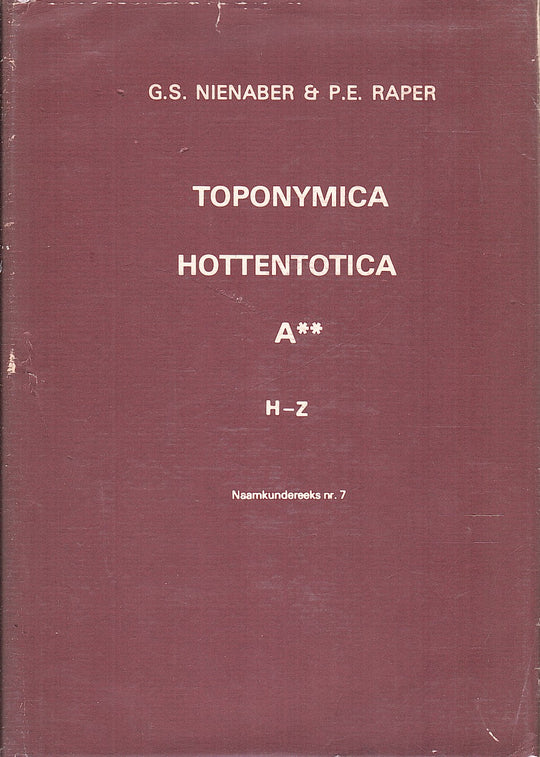Nukakamma
With his T and apostrophe, Sparrman writes the suction medicine, there are two. He is not sure, but believes that the name for the downlay of the Sunday River (translated) 'grassy water' means. There is no doubt about the member's mother, it indicates 'river' and / or 'water' (Hott S.V.), in Nama ǀǀ Gam-S or Ugam-i. The trouble is the first component Pettman wants to identify with Namaǃ U = to graze. The postalization can indeed be organized asǃ Nu-; Of these are enough examples, cf. o.a. Nounaib. This ease the -ka irresponsibly. A closer connection is with Old Cape Ka, 'TKA, (Hott 289) = grass. It makes the t'NU- irresponsible. A possibility is then 'grass-water that looks black (╪nu)', d.w.s. ╪NU- ǀ Ga ǀǀ Gami (according to current Nama orthography). So: So about 'Graswiveldrivier' (Pettman), 'Grassrow River' (Sparrman), 'Blackish Grass River', two of which tries to interpret Sparrman according to the existing known word inventory. Total another position takes Prof. Maingard 1934 in (SAJS 31 131) who wants to identify with Inoeba = thorn tree, descending on the sound association. See du Plessis 1973 investigating 313-5.




